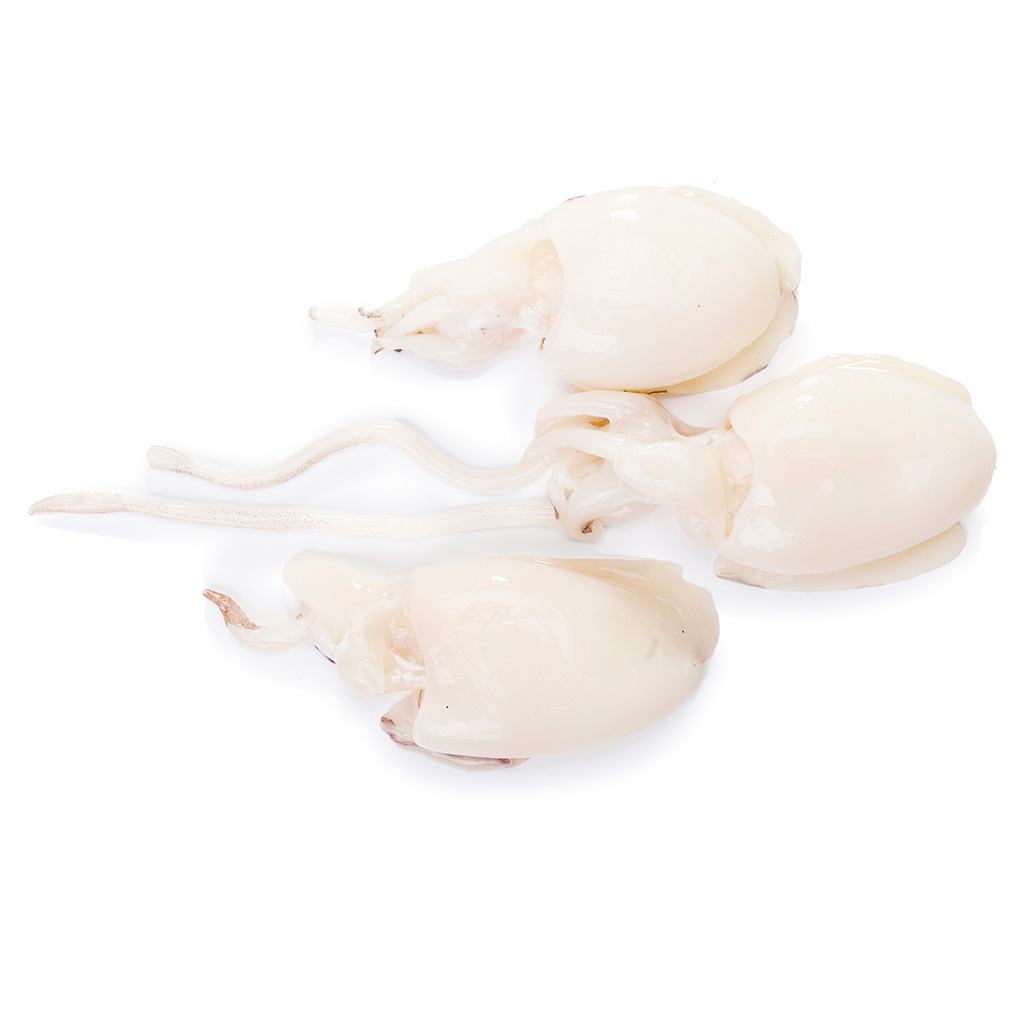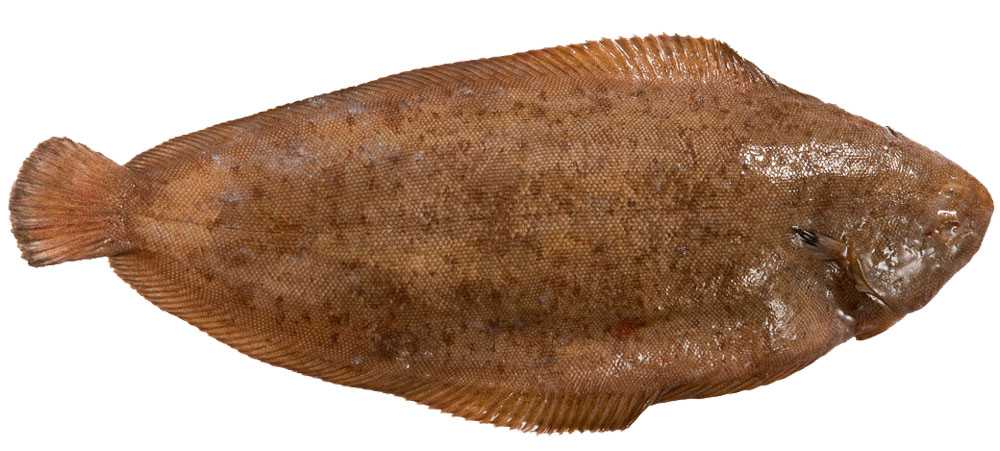From the depths of the sea to your table, the cuttlefish (Sepia officinalis), also known as choco, offers an unique culinary experience full of benefits. Would you like to discover the secrets of this decapod cephalopod and understand why it has become a popular choice in gastronomy and nutrition?
The cuttlefish is an extraordinary creature with ten tentacles, a prominent member of the Sepiida family. Its habitat extends to shallow seas, often near the coast and up to 150 meters deep. The ability to partially bury itself in the seabed is one of its fascinating characteristics, allowing it to adapt and survive in its natural environment.
Although cuttlefish are typically modest-sized cephalopods, measuring between 10 and 40 centimeters, their ability to camouflage sets them apart from their marine counterparts. These masters of disguise adjust their color according to the environment and threats, offering a unique visual spectacle in the underwater world.
The capture of cuttlefish is an art that has evolved over time. From trawling to the use of pots and traps, fishermen have perfected methods that respect the ecological balance and guarantee the sustainability of this valuable species. Tradition combines with skill in cuttlefish fishing.
Cuttlefish not only delights the palate, but is also a rich source of essential nutrients. Its iodine content makes it a crucial ally for child development, as well as for hair and nail health care. Additionally, it provides vitamin E and selenium, nutrients that play a fundamental role in preventing cardiovascular diseases With high protein levels and low in fats and carbohydrates, cuttlefish is a nutritious and balanced choice.
At Ferrer, we offer a wide variety of high-quality cuttlefish to satisfy the demands of the restaurant and food sector. Discover our options in our online store: Quality Cuttlefish Distribution
From the depths of the sea to your table, the cuttlefish (Sepia officinalis), also known as choco, offers an unique culinary experience full of benefits. Would you like to discover the secrets of this decapod cephalopod and understand why it has become a popular choice in gastronomy and nutrition?
The cuttlefish is an extraordinary creature with ten tentacles, a prominent member of the Sepiida family. Its habitat extends to shallow seas, often near the coast and up to 150 meters deep. The ability to partially bury itself in the seabed is one of its fascinating characteristics, allowing it to adapt and survive in its natural environment.
Although cuttlefish are typically modest-sized cephalopods, measuring between 10 and 40 centimeters, their ability to camouflage sets them apart from their marine counterparts. These masters of disguise adjust their color according to the environment and threats, offering a unique visual spectacle in the underwater world.
The capture of cuttlefish is an art that has evolved over time. From trawling to the use of pots and traps, fishermen have perfected methods that respect the ecological balance and guarantee the sustainability of this valuable species. Tradition combines with skill in cuttlefish fishing.
Cuttlefish not only delights the palate, but is also a rich source of essential nutrients. Its iodine content makes it a crucial ally for child development, as well as for hair and nail health care. Additionally, it provides vitamin E and selenium, nutrients that play a fundamental role in preventing cardiovascular diseases With high protein levels and low in fats and carbohydrates, cuttlefish is a nutritious and balanced choice.
At Ferrer, we offer a wide variety of high-quality cuttlefish to satisfy the demands of the restaurant and food sector. Discover our options in our online store: Quality Cuttlefish Distribution


